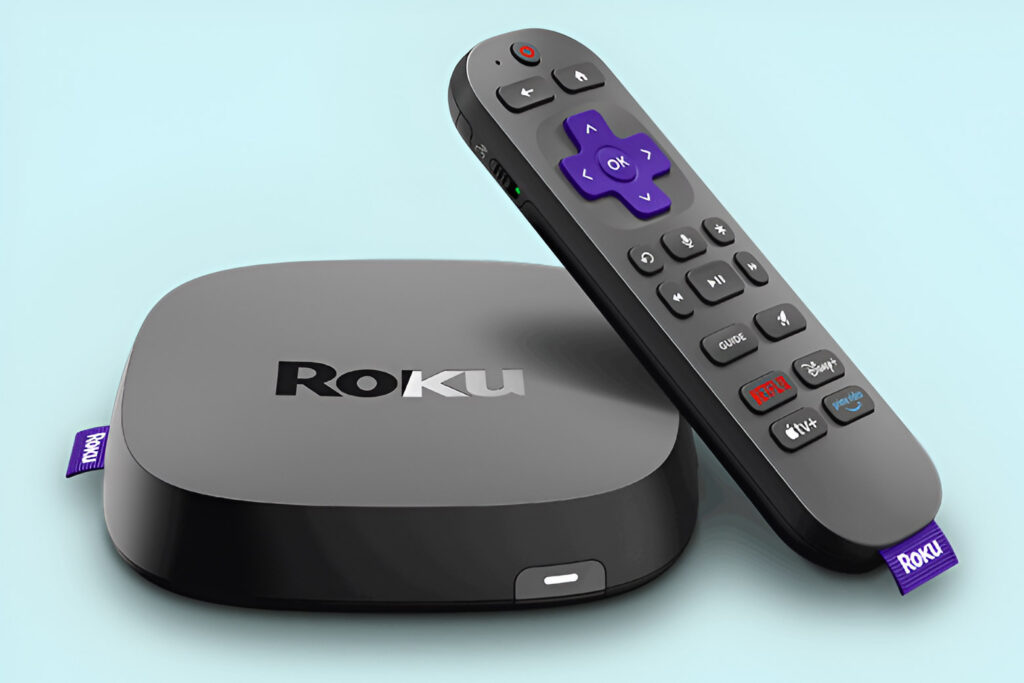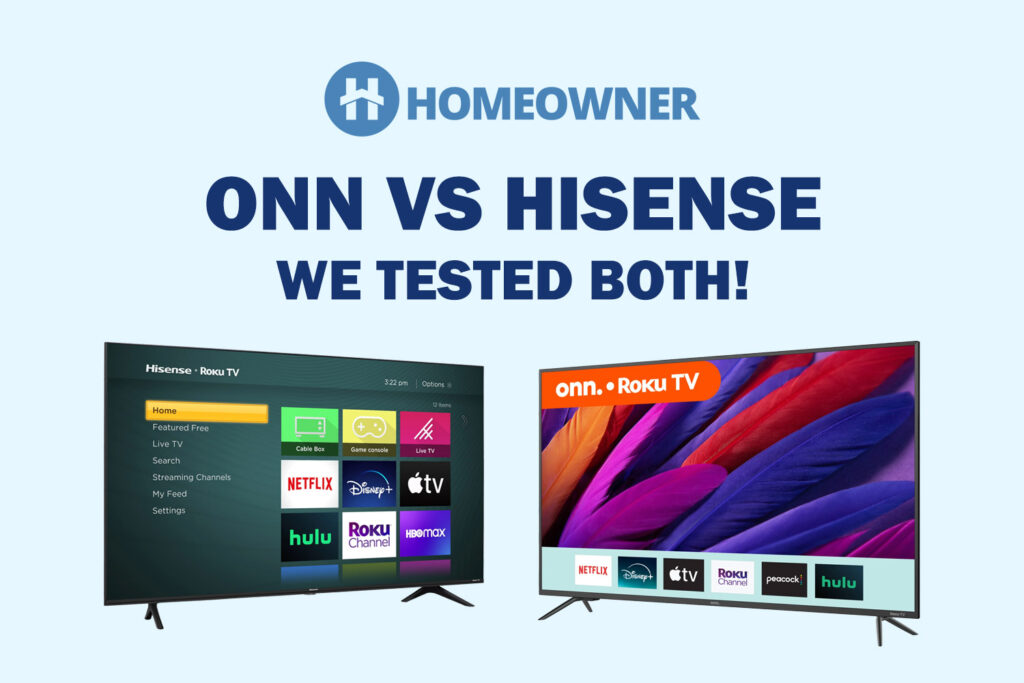Walk into an electronics or big-box store, and you’ll have plenty of TV options if you’re looking to upgrade an outdated model. There are dozens of well-known and off-brand companies with several TVs in their lineups at any given time, which means choosing one can be difficult, especially if you don’t know much about video and audio quality and modern TV features.
Price is another factor to consider, and electronics typically don’t come cheap. But Onn and Hisense are two brands that make affordable TVs with a wide range of sizes and features, helping you find one that fits your personal budget without sacrificing quality.
If you’re a budget-focused consumer who is choosing between these brands, check out their similarities and differences below to help you decide.
Want to save money when buying your next TV? Checkout:
- EarnIn: Borrow up to $750 against an upcoming paycheck!
- Capital One Shopping: Automatically apply available coupon codes online to find deals and save!
About Onn

Onn is a Walmart-exclusive brand founded in 2010. In 2019, Walmart consolidated all of its store-branded electronics into the Onn brand, expanding it into its current lineup of TVs, tablets, headphones, computer accessories, and other electronics. Onn is known for its relatively affordable electronics compared to pricing from other top electronics brands, which has allowed it to remain accessible to people with various budgets.
👉 Related reading: Onn vs TCL: Which TV Is Best in 2025?
About Hisense

Hisense was founded in China in the 1960s, but the company has a U.S. headquarters known as Hisense USA. TVs are the brand’s primary offering, but Hisense also makes other electronics, like audio equipment, home appliances, and projectors. Hisense has 12 global research centers to assist in product ideation and creation for each of its product lines, aiming to deliver quality products at affordable price points.
ONN vs. Hisense: Comparison Televisions
| Feature | Onn | Hisense |
|---|---|---|
| Price Range | $100 – $400 | $200 – $800 |
| Largest Screen Size | 85 inches | 100 inches |
| Lowest Refresh Rate | 60 Hz | 60 Hz |
| Highest Refresh Rate | 120 Hz | 144 Hz |
| Common Features | Basic Smart TV features | 4K resolution, Dolby Vision, higher contrast |
| Best For | Budget buyers | Those willing to pay more for better features |
| LED Displays | Yes | Yes |
| Mini LED/ULED | No | Yes |
| Max Resolution | 4K | 8K |
| Motion Smoothing | Limited | Yes |
| Gaming Features | Basic | 144Hz refresh rate, FreeSync Premium Pro |
| Dolby Atmos | Few models | Many models |
| Built-in Subwoofer | No | Some models |
| Multi-Speaker System | No | Some models |
| Best For (Audio) | Casual TV viewers | Cinematic sound experience |
| Supported Platforms | Roku only | Roku, Fire TV, Google TV, Android TV, Xumo TV |
| Voice Assistant | Limited | Google Assistant, Alexa |
| Customization Options | Basic | Varied based on platform |
| Picture Modes | Sports, Standard, Game | Sports, Standard, Game, Filmmaker Mode |
| HDMI Ports | Standard | More, including HDMI 2.1 |
| Aesthetic Features | Standard design | Slim bezels, wall-mounted aesthetic |
Hisense: Affordable Quality
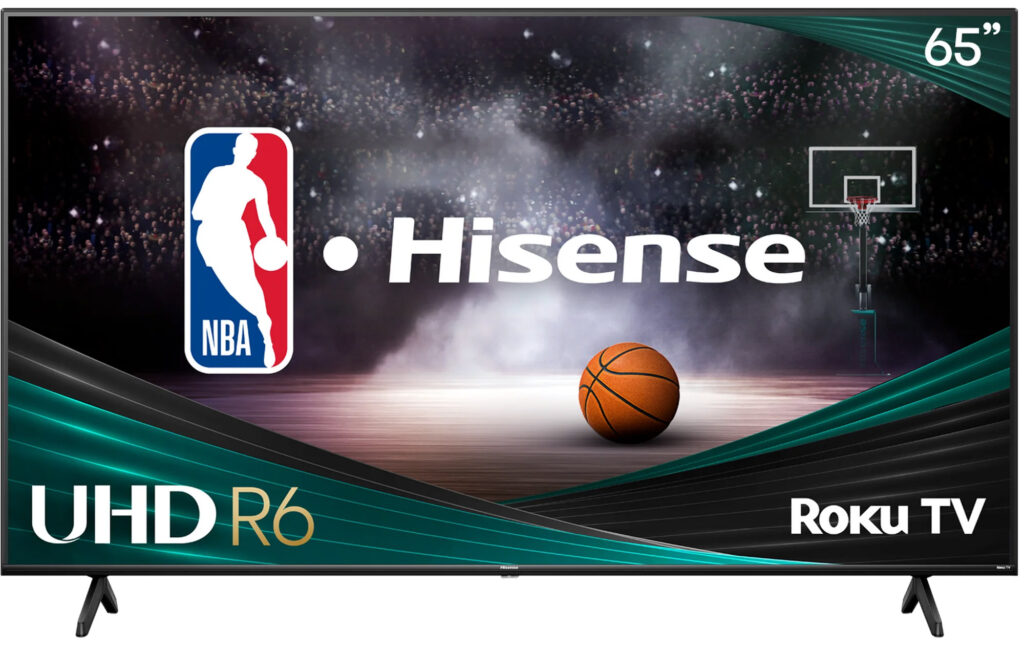
Hisense TVs cost anywhere from $200 to $800, offering a mix of budget and mid-range options. They often include 4K resolution, Dolby Vision, and better contrast, making them a step up from basic models. Some even have higher refresh rates for smoother motion.
Hisense's lower-end models don’t always offer a big difference from Onn, so the extra cost could questionable for budget buyers.
👉 Related reading: Does Your Hisense TV Support Bluetooth?
Onn: Walmart’s Budget Pick
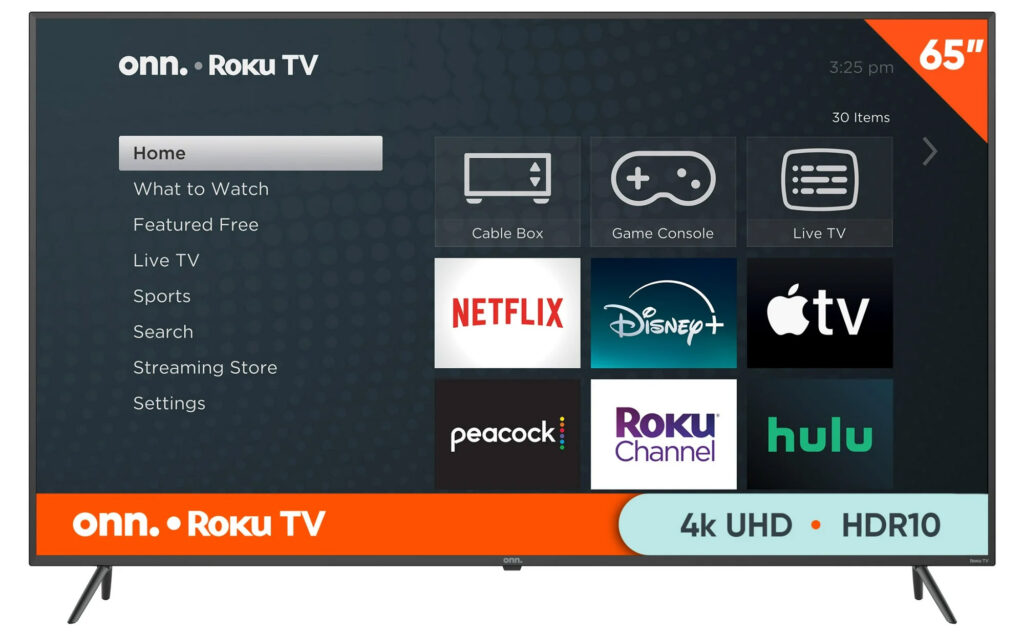
Onn is Walmart’s in-house brand, designed for affordability. Prices range from $100 to $400, and you can get a 65-inch Onn TV for under $350. These TVs focus on basic smart features, simple setup, and large screens at low prices. While they won’t have premium features like high-end Hisense models, they’re a solid option for casual viewing.
Is Cheapest Always Best?
If you want the cheapest option with decent quality, Onn is the better deal. If you’re willing to pay more for better picture and sound, Hisense might be worth considering—but not all models justify the price jump. Check specific features before you buy, as the difference between low-end Hisense and Onn may not be as big as the price suggests.
👉 Related reading: How To Connect a Microphone To a Soundbar
Top Hisense Picks
Hisense 40-Inch Class A4 Series FHD 1080p Smart Roku TV
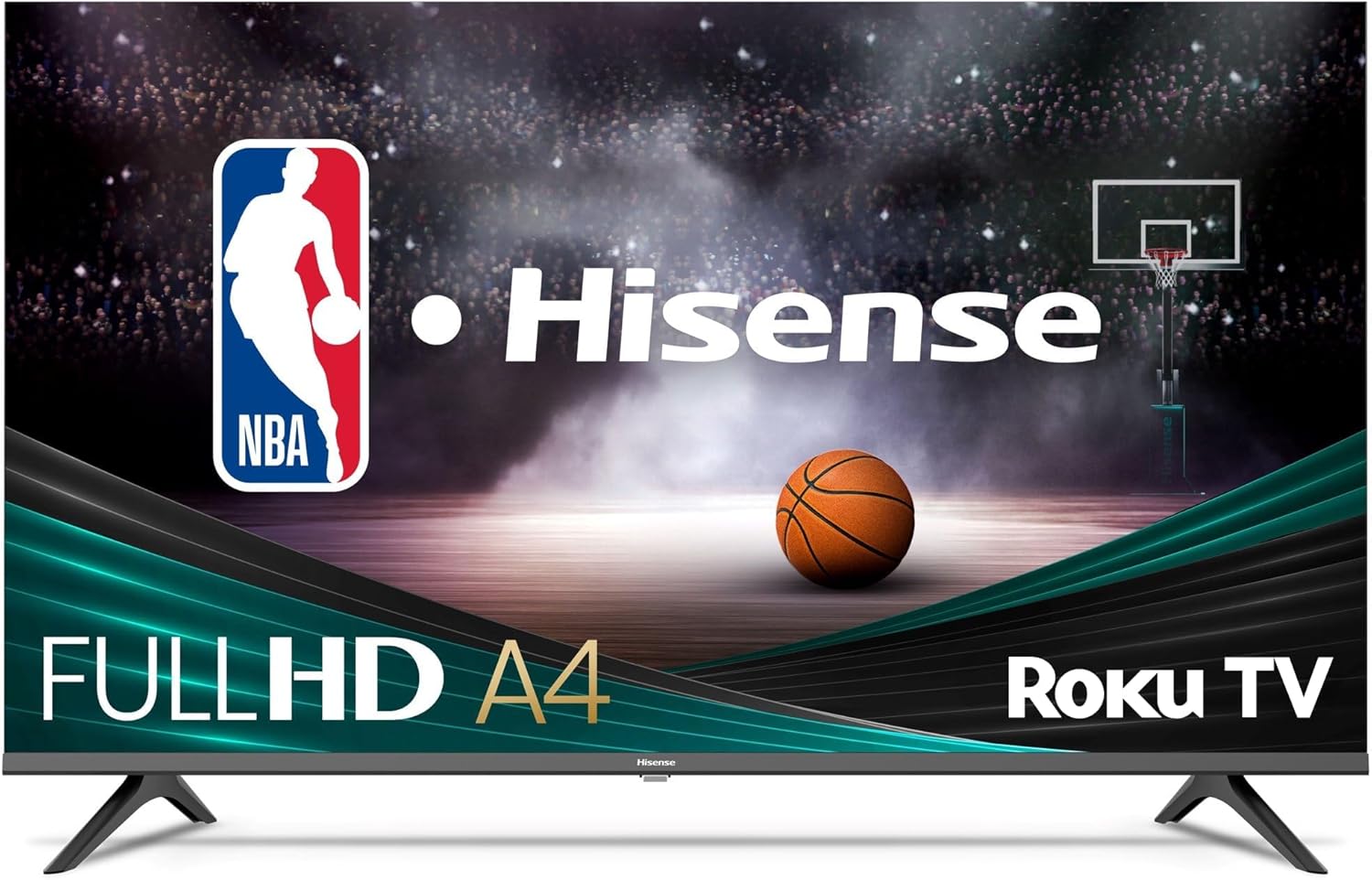
- Hisense 40-Inch Class A4 Series
- 1080p Smart Roku TV
- Google Assistant, Alexa compatible
- LED backlight
- Dolby Audio
The Hisense A4NR Series Roku TV has a 40-inch 1080p LCD display. The picture looks bright and colorful, thanks to a decent LED backlight. It uses the Roku streaming interface and the remote has dedicated buttons for quick access to streaming services.
👍 What we like
The image quality is fine for everyday viewing, with noise reduction that cleans up any rough-looking scenes. The Dolby Audio does a good job at delivering clear dialogue, though the sound is not as full as higher-end systems. The TV is lightweight, so it’s easy to move or mount on the wall.
This TV would work well in smaller rooms or as an extra TV for casual use. It’s also good for people who don’t want to deal with overly complicated menus or settings. However, there are a few downsides.
👎 What we don’t like
One big issue is the inability to turn off motion smoothing, which might annoy anyone who prefers to watch movies or shows at their original frame rate and avoid a “soap opera effect.”
Overall, it’s a good choice if you want something simple and affordable without too many bells and whistles.
Hisense U8 Series 65U8N 65-Inch ULED 4K Google TV
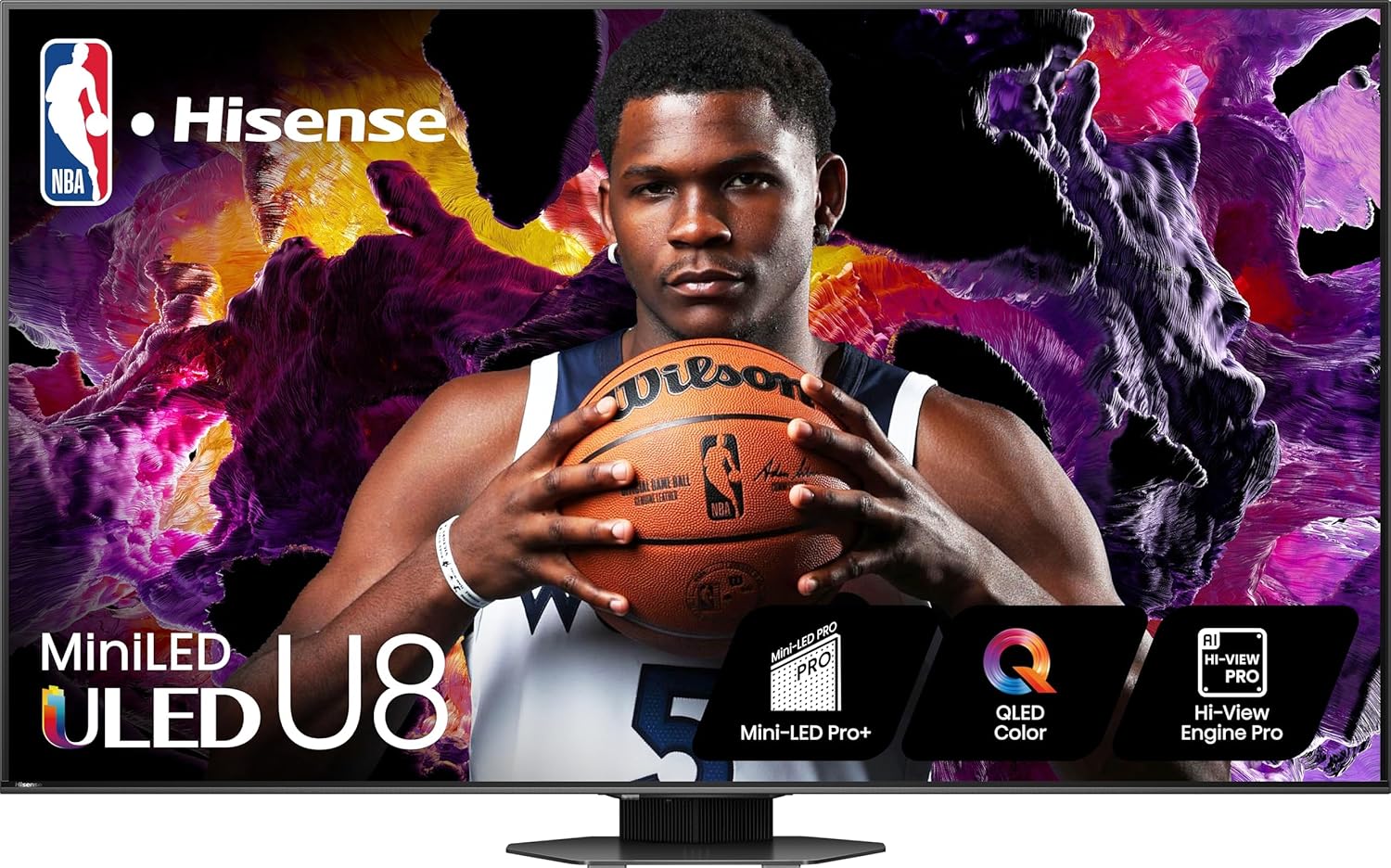
- Hisense 65-inch 4K Google TV
- QLED Quantum Dot colors
- 144Hz Game Mode Pro
- Dolby Vision & Dolby Atmos
- 2.1.2, 50W multi-channel audio
- IMAX Enhanced, Filmmaker Mode
The Hisense U8 Series 65U8N is a 4K TV geared toward both entertainment and gaming. It supports Dolby Vision IQ, IMAX Enhanced, and a 144Hz refresh rate, with built-in Dolby Atmos for added sound quality. While it has plenty to offer, it’s not without a few quirks.
👍 What we like
This TV feels like it’s built for both movie fans and gamers. It supports Dolby Vision IQ, IMAX Enhanced, and Filmmaker Mode, so you can watch movies exactly how they were intended to look. For gaming, the 144Hz refresh rate and FreeSync Premium Pro make it super smooth and responsive, even for fast-paced games. I also liked the built-in Dolby Atmos – the sound is surprisingly rich for a TV.
The setup was pretty straightforward, except for the stand. The instructions are just pictures, like something out of an IKEA manual, and the TV is heavy, so you’ll need a second person to help. Once it was on the stand, though, it looked great.
👎 What we don’t like
I’ll admit, there are some downsides. The brightness can get overwhelming sometimes, especially with subtitles or bright daytime scenes. I also noticed the viewing angles aren’t great. If you’re not sitting right in front of it, the colors and contrast don’t look quite as good. There are also some reports of software glitches and random reboots, though I didn’t experience that myself.
Overall, this TV is impressive if you want stunning picture quality, especially for movies and games. It’s not perfect, and the quirks might be annoying for some, but for the price, it delivers a lot of higher end features you usually see in more expensive models.
Hisense U7 Series 55U7N 55 Inches ULED 4K Google TV
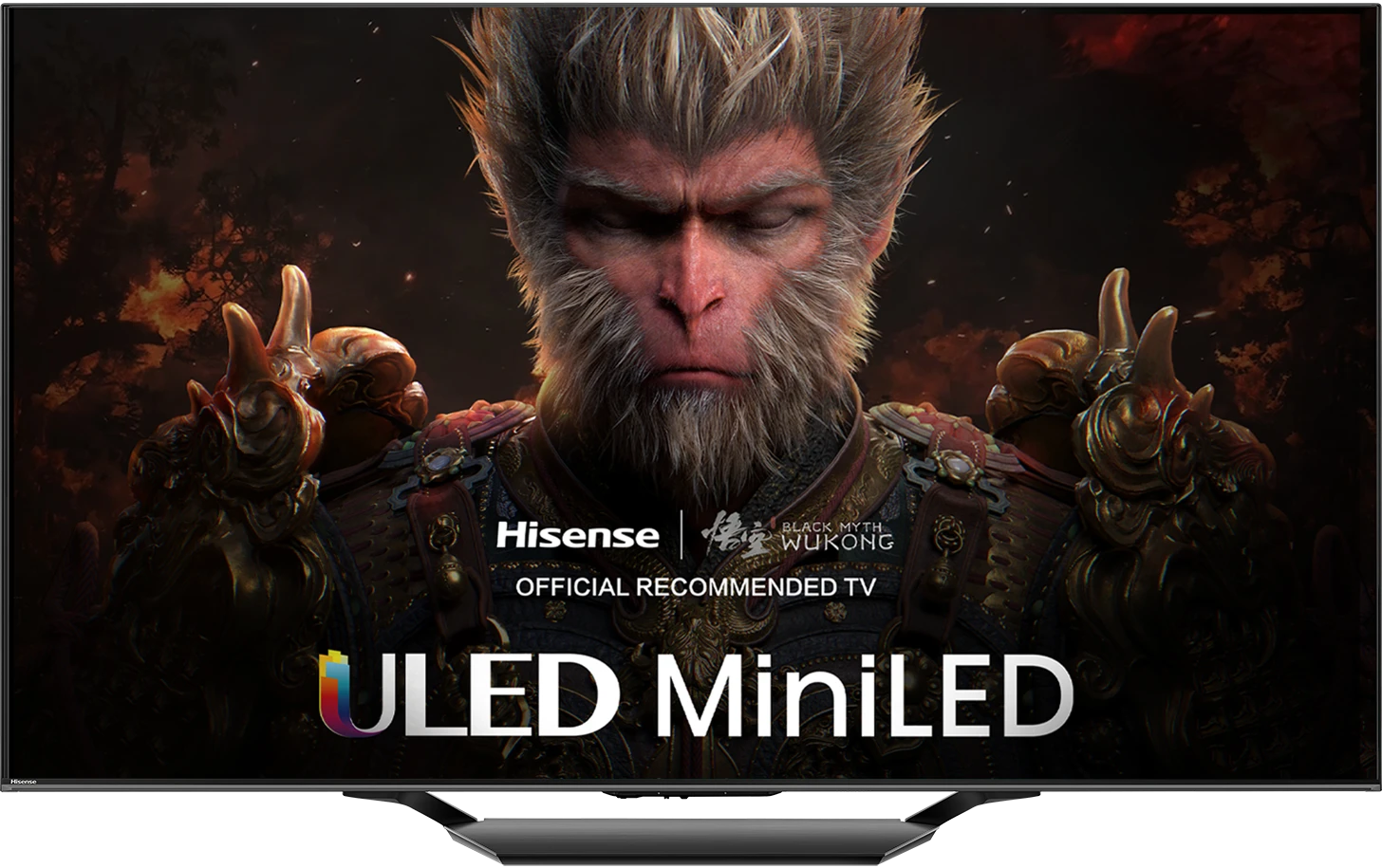
- Wide color, true hues
- Dolby Vision, Atmos sound
- Fire TV, Alexa remote
- 4K AI upscaling
- Game Mode, low latency
- Voice remote control
The Hisense U7 Series 55U7N is a 55-inch 4K TV with Mini-LED backlighting and QLED Quantum Dot technology. Priced in the mid-range, it runs on Google TV and has a mix of features aimed at both entertainment and gaming.
👍 What we like
The Mini-LED backlighting and QLED Quantum Dot technology make the colors and brightness great for movies and games. It handles both bright and dark scenes really well.
Setup was fine. The physical instructions were clear and the Google TV interface works as expected.
The sound is decent for a built-in system. The 2.1-channel setup with Dolby Atmos and a subwoofer gives it depth, but it’s not a replacement for a soundbar or surround system if you’re picky about audio.
👎 What we don’t like
Some customers mentioned issues with external devices or glitches, but that didn’t come up in my experience. Still, it’s something to be aware of. If you end up with a TV that flickers or has issues, be aware that Hisense customer service is not that great.
Still, if you want a TV with a great picture and smooth gaming performance, the U7 Series is absolutely worth a look.
Pro Tip: Check out these 33 money-saving hacks savvy homeowners are using to cut costs!
Comparison: Onn vs. Hisense
Onn and Hisense have some similarities, but we note key differences below to help you distinguish between the two brands.
Types of TVs Offered
If you browse the selection of TVs Hisense and Onn offer, there’s probably one thing you notice first: Onn’s lineup is much smaller than Hisense’s. This makes sense when you consider that Hisense is a brand all its own, while Onn is simply a sub-brand of Walmart. Still, even Onn’s smaller selection has close to 20 TVs, giving you plenty of models to choose from.
Both brands carry the most common TV sizes from 32 inches to 85 inches. But Onn also features TVs as small as 24 inches — ideal for small bedrooms — and Hisense has TVs up to 100 inches, worthy of being the star of the show in entertainment rooms.
These brands also both carry TVs with LED displays, although Hisense has several more options for upgraded displays, such as mini LED and ULED, for improved picture quality.
Picture Quality and Resolution
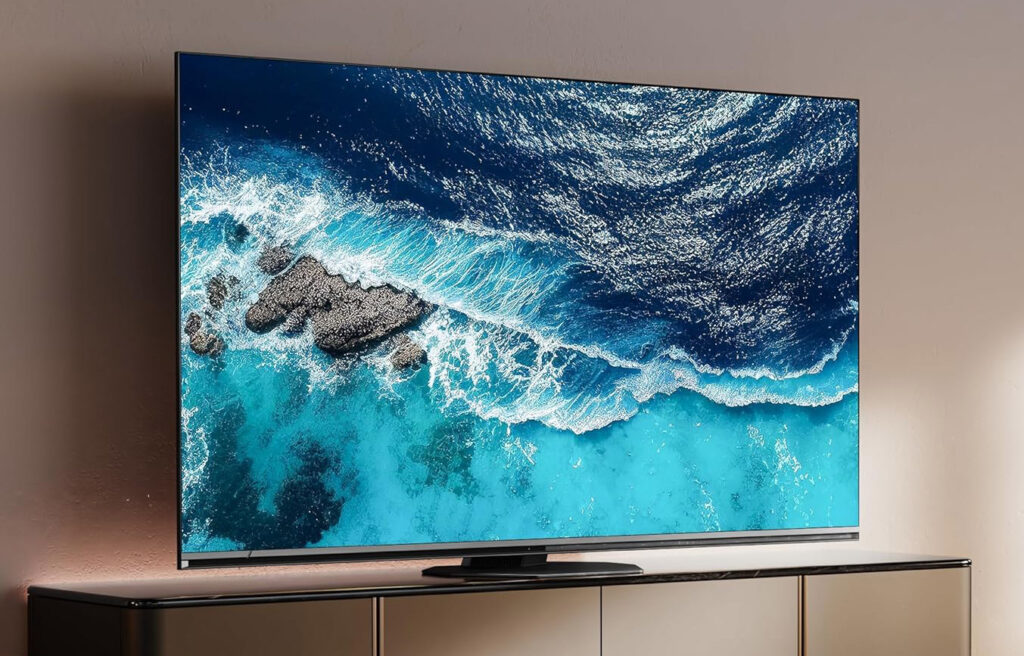
Picture quality and resolution are arguably the most important features of a TV because they directly affect your viewing experience. But these features are also tightly tied to the price tag of a TV. Often, the more budget-friendly a TV is, the lower the picture quality.
Hisense and Onn both have impressive picture quality and resolution in their models despite their lower-than-average price tags. That said, you may not be as happy with the picture from these brands compared to, say, an upper-end LG or Sony model. But casual TV viewers will likely find them to meet their needs.
Many models from both brands offer a 60 Hz refresh rate for optimal image processing and HD and 4K TVs. Some Onn TVs offer up to 120 Hz, while Hisense TVs go up to 144 Hz for gaming-focused models. Hisense takes this a step further by offering some TVs with support for 8K — quadruple the pixels of a 4K TV.
Audio Quality
Audio quality varies by TV model, of course, but Hisense TVs generally pull ahead in this area compared to Onn TVs. Few Onn models support Dolby Atmos for surround-sound quality, but it’s much more common in Hisense TVs. Some Hisense models, like the Hisense 55″ Class U7 Series Mini-LED ULED 4K Google TV, even include built-in subwoofers and a multi-speaker setup to replicate a surround-sound experience without needing to use additional equipment.
Expect overall sound quality to be lower with Onn TV models, which aligns with the lower price point of these models. But they do include audio output ports to connect speakers and subwoofers to, so they can be more economical if you already have audio equipment.
👉 Related reading: Can Plex Support Dolby Atmos?
Smart Integrations
Smart home devices have made it easier than ever to get all your favorite streaming platforms together in one place without needing a separate streaming device to do it. Onn and Hisense both make smart TVs that let you skip the streaming box, instead letting you access all your apps right through your TV.
👉 Related reading: Best TV Streaming Services in 2025
The distinction here is the streaming platforms each brand partners with for its TVs. Onn currently only makes Roku TVs. That’s not a bad thing, as the Roku streaming platform is easily one of the most popular. But if you prefer a different platform, like Google TV or Fire TV, you can’t buy an Onn TV with it included.
Hisense has TVs for several streaming platforms, including Roku, Fire TV, Google TV, Android TV, and Xumo TV, with nearly 100 of its TVs incorporating the Google TV platform.
Features
| Feature | Onn TVs | Hisense TVs |
|---|---|---|
| Picture Modes | Sports, Standard, Game | Sports, Standard, Game, Filmmaker Mode |
| Gaming Features | Basic gaming mode | Reduced latency, 144Hz refresh rate on some models |
| HDMI Ports | Essential HDMI ports | More HDMI ports, includes HDMI 2.1 for gaming consoles |
| Aesthetic Design | Traditional design, slim bezels, lightweight build | Wall-mounted models with matte displays and ultra-slim profiles |
Onn and Hisense both add features to their TVs to improve your viewing experience, whether you like to watch sports, play games through your TV, or have cinema-like watch parties in your home.
A helpful feature found in several models from both brands is picture modes, which let you optimize picture quality based on what you’re watching. For example, sports mode makes your favorite sports games more clear, from player movements to announcer voices. And gaming modes can reduce on-screen latency for dynamic and accurate gaming.
As for connectivity, some Hisense models include more HDMI ports than Onn TVs, plus HDMI 2.1 ports for connecting gaming consoles. Onn sticks with essential HDMI ports and doesn’t yet include any models with HDMI 2.1.
Hisense also has some TVs built for aesthetics. The wall-mounted TVs can turn into pieces of art when not in use with their matte displays and ultra-slim profiles. Onn TVs have a more traditional design, although the brand offers slim bezels and lightweight builds that make them easy to mount or place on a stand.
Build Quality and Lifespan
Onn and Hisense TVs tend to have a good amount of praise for their quality and lifespans.
Onn TVs tend to be lighter weight than similar models from Hisense, which can make them feel inferior in terms of quality. But among the many customer reviews we dug through, these brands seem to have comparable lifespans. Generally, you can expect a TV from each brand to last somewhere from 5 to 10 years, given that you use and maintain it properly and according to the manufacturer’s recommendations.
Warranties can vary by model, but most Onn TVs carry a one-year limited warranty from the date of purchase or delivery. Hisense offers two-year warranties for parts and labor on its TVs.
Where To Buy
With Onn being a Walmart brand, its TVs are mostly only available in Walmart stores or on Walmart’s website. But there are a few Onn models available on Amazon.
You can find Hisense TVs at a broader range of retailers, including Walmart, Amazon, and Best Buy. Visit the Hisense website to browse TVs, and click the “Where to Buy” button to find a store to buy from.
If you’re looking specifically for a Roku TV from either brand, you can use Roku’s website to find the right TV and see where to buy it.
Hisense vs Onn: Which Television Is Right For Me?
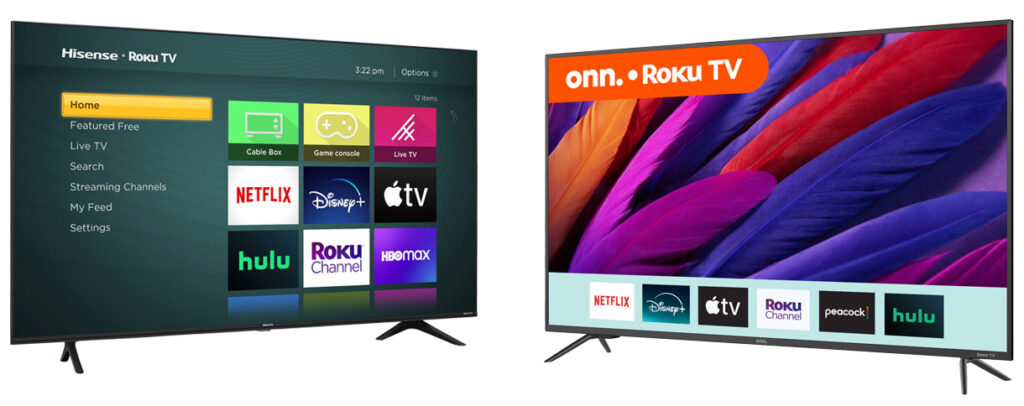
Onn and Hisense are both excellent at what they do. These brands are proof that you don’t need to spend an excessive amount on a new TV for it to get high-quality pictures and audio. And if you just want a budget-friendly TV to stick in a spare bedroom, you probably don’t need a top-of-the-line model.
If you’re looking for a mid-range TV without bells and whistles, see what Onn has to offer first. Its TV selection is more modest than Hisense’s, but it’s tough to beat the brand’s pricing for a decent TV.
But if you can’t find what you need in an Onn TV, browse Hisense’s selection. Hisense’s more well-rounded lineup of TVs has a lot more to offer, whether you want a large TV or one that can support modern gaming without lag. Just know you’ll likely pay a bit more for a Hisense TV to enjoy its extra features, and make sure what you’re paying for are things you actually want and will use.
Frequently Asked Questions
As far as a budget brand goes, Onn fits the bill. While its TVs may not have the longest lifespan or best picture quality in the industry, they offer an impressive amount of features for the price. Onn TVs are ideal for casual TV viewers, guest rooms, or secondary entertainment spaces where affordability wins out over top-tier performance.
Onn, TCL, and Hisense have comparable TVs, with Onn typically offering the most budget-friendly TVs of the three. TCL and Hisense are more similar in their lineups, both featuring a broad selection of HDR, QLED, and mini-LED TVs. However, TCL’s TVs have a maximum screen size of 98”, while Hisense offers a 100-inch TV. Hisense also supports more smart TV platforms than TCL’s Google TV, Roku TV, and Fire TV support.
Typically, you can expect a Hisense TV to last for 5 to 10 years. But as with any TV, the lifespan of your Hisense TV depends on how often you use it and how well you maintain it. Frequent use can make the lifespan shorter, as can not using energy-efficient settings, not allowing the TV to have enough ventilation, and not cleaning the TV regularly. Hisense TVs come with a two-year warranty to cover parts and labor for any manufacturing defects during that time.
TCL is one of the most comparable brands to Hisense. Both brands have similar pricing and a broad lineup of TVs for all entertainment needs. Dolby Atmos and Dolby Vision have support with select models from Hisense and TCL. However, Hisense TVs are generally more affordable than similar models from TCL.
Hisense TVs don’t have built-in screen mirroring, but there are apps like Hisense TV Screen Mirroring that give you access to this feature. You can also mirror your screen using a Hisense Roku TV or Google TV, as these platforms both support screen mirroring. If you have a compatible device, you should be able to select your Hisense TV in your device’s screen mirroring settings.
Continue reading:



